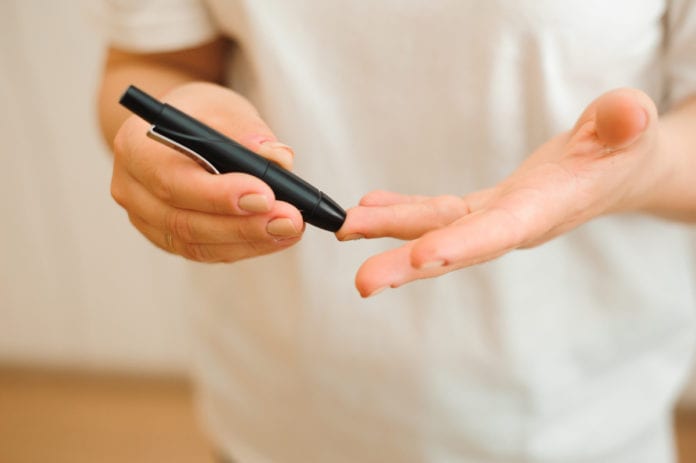Semma Therapeutics Potential Cure For Type 1 Diabetes
Harvard University scientist Douglas Melton was in news back in November 2017 when His startup company Semma Therapeutics, raised $114 million funding to develop a potential cure for Type 1 diabetes. His prime idea was to take undifferentiated pluripotent stem cells and turn them into insulin-producing pancreatic beta cells.
But in doing so the main Problem faced was – only 30% of the cells that emerged from the transformation process Melton’s lab developed turned out to be functioning beta cells. To improvise on it, A team of his researchers has figured out how to improve their process to increase the proportion of beta cells to 80%.
By the Improvements in single-cell gene sequencing made Melton’s lab probe all of the cells they made from stem cells as they tried to transform them into beta cells. Scientists have discovered wide variations in gene expression among the cells.
As per a statement released by Semma Therapeutics firm- The researchers have also found a protein that’s expressed only on beta cells which allowed them to develop a hook method that could “fish” beta cells out of the mixture of cells that emerged from their process.
A second method
to further boost the population of beta cells was developed by the Scientists at Semma Therapeutics. In this method, they hypothesized that hormone-producing cells would be more attracted to each other than they are to non-hormone producers. So they physically separated all the cells and let them cluster back together naturally and according to the report, it actually worked: clustering further enriched the number of beta cells in each sample of converted stem cells.Semma was founded back in 2014 with funding of $44 million. Semma formed a partnership with Novartis which contributed to Semma’s series B round along with medical devices giant Medtronic.
On one hand, As Semma moves through the proof-of-concept stage of its development, on the other hand, several other research groups are examining different methods for regenerating insulin-producing cells. Earlier in the month of February, promising results in mouse models of diabetes with human alpha and gamma endocrine cells that had been converted into insulin-producing cells were reported by the Researchers at the University of Geneva.
A team of Researchers at the University of Miami is working on converting specialized stem cells called progenitors into beta cells.
The next challenging step for Semma’s team is to determine whether a mixture consisting of 80% of beta cells will be appropriate for treating people with diabetes.
Lead author Adrian Veres, a graduate student in Melton’s lab, in an interview with the Harvard Gazette stated that- Maybe we need more of the other cell types to help regulate the beta cells so that they function correctly and We’re going to find out how the cell types interact with each other.
Semma Therapeutics Press release






























